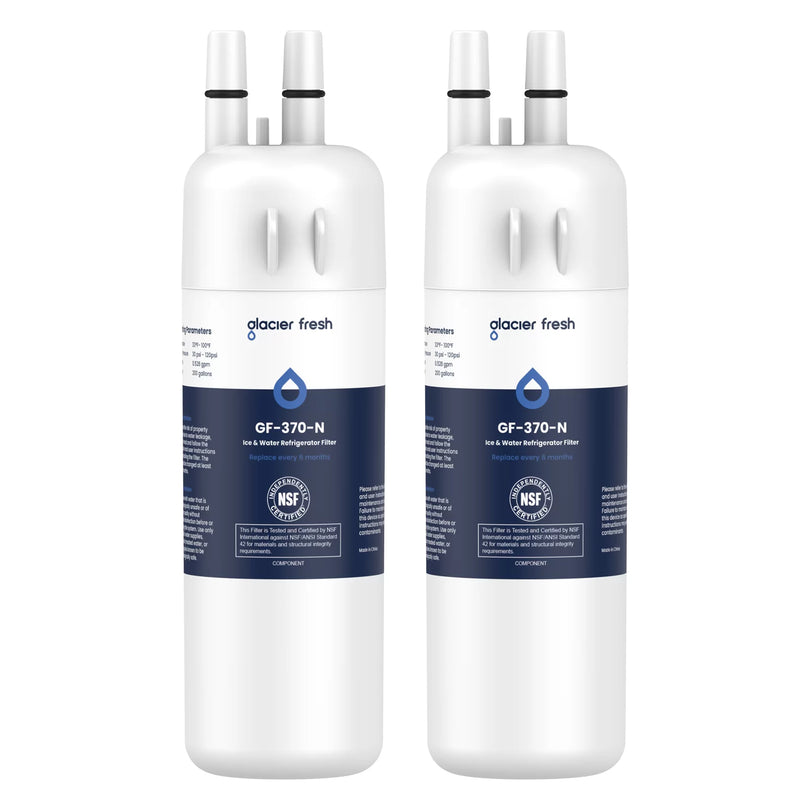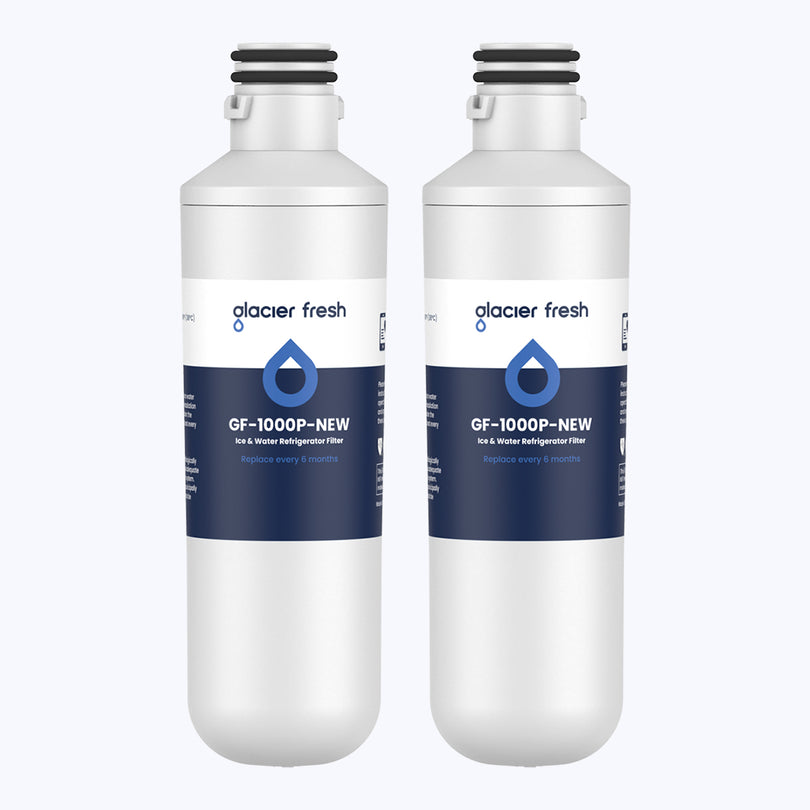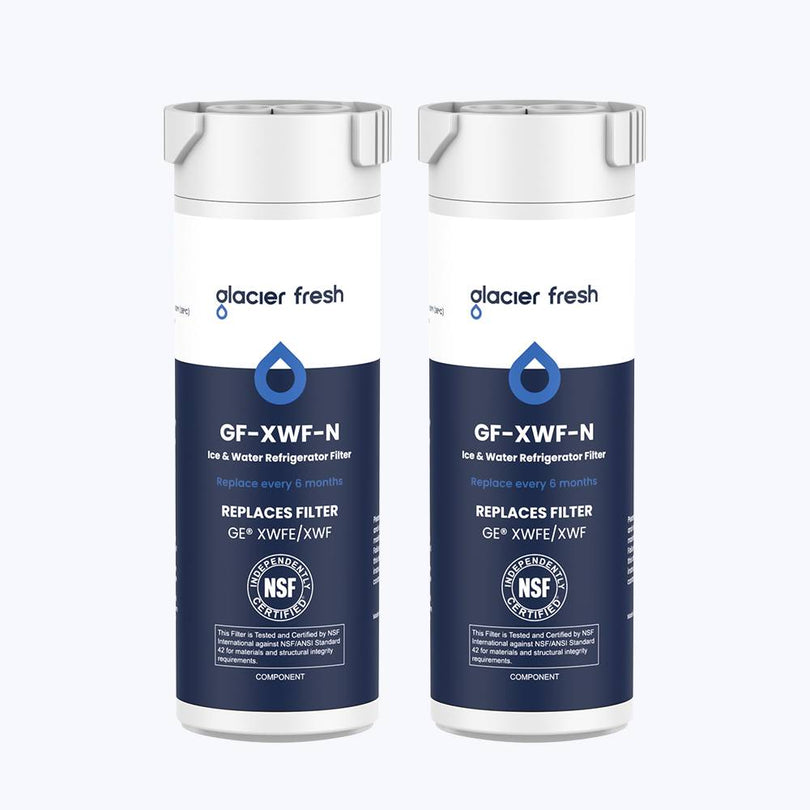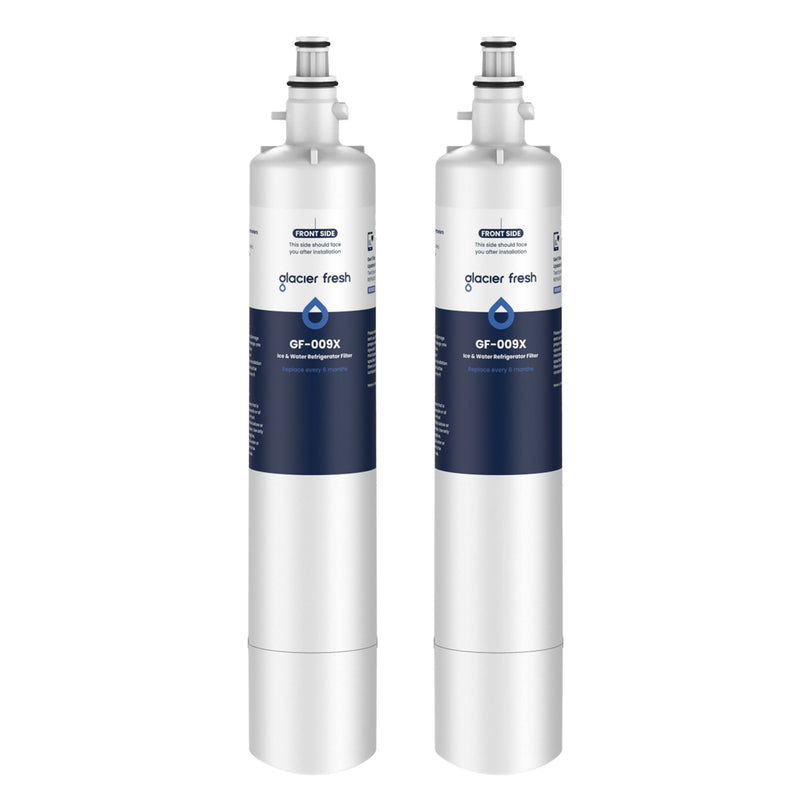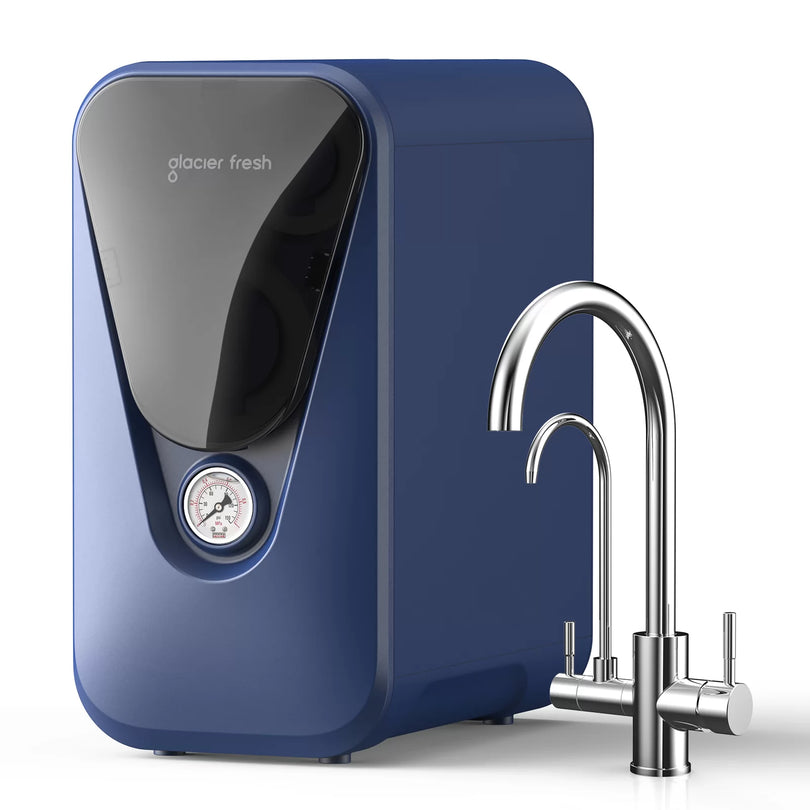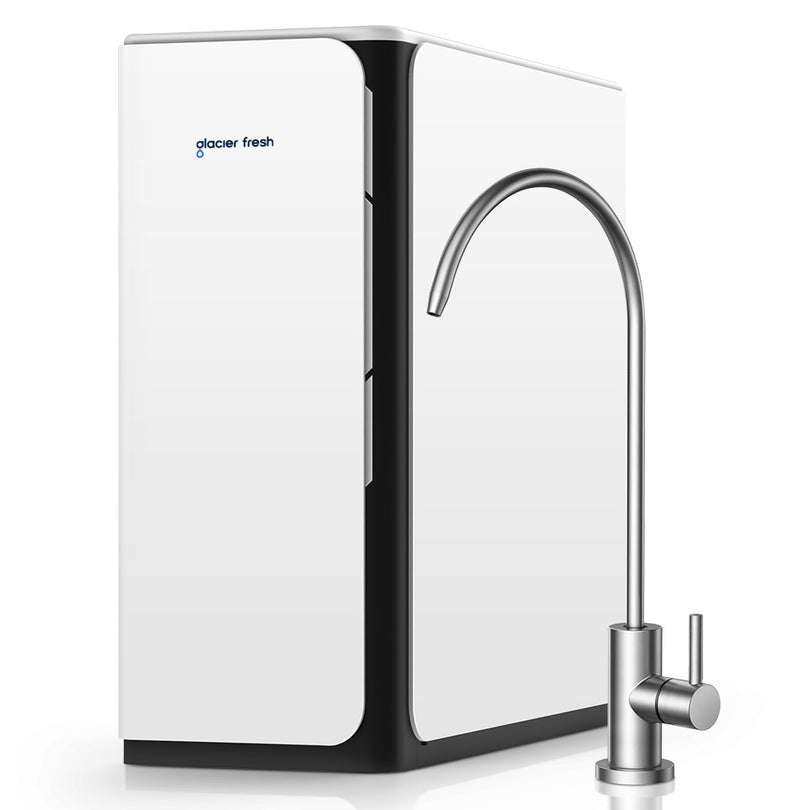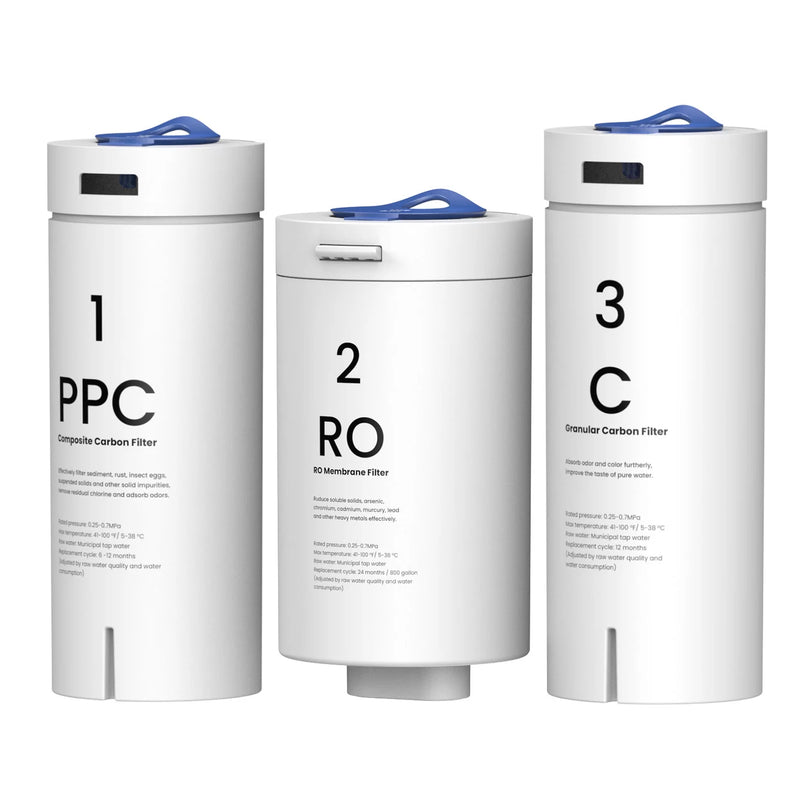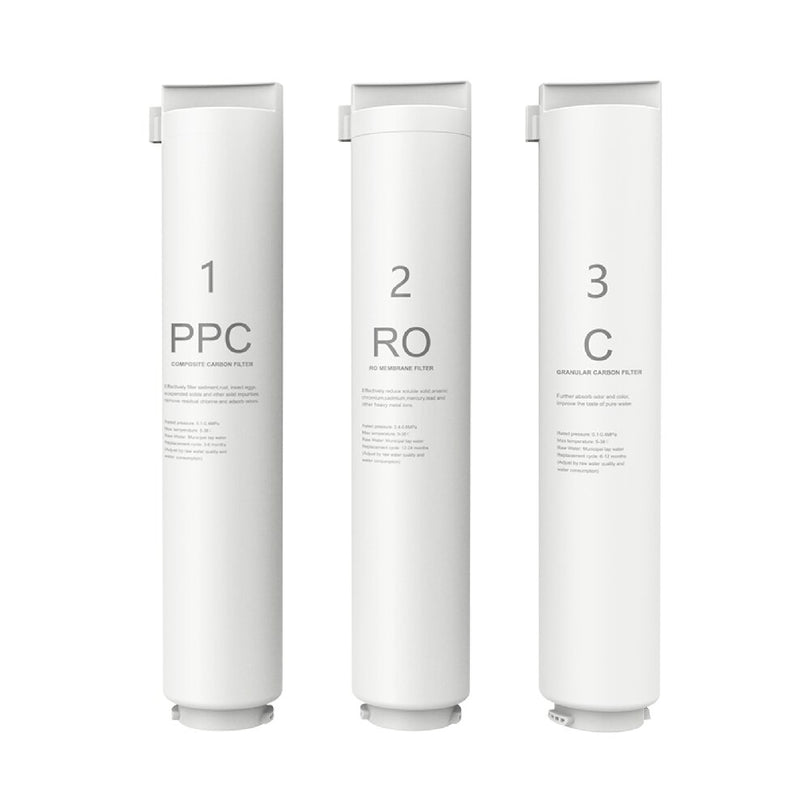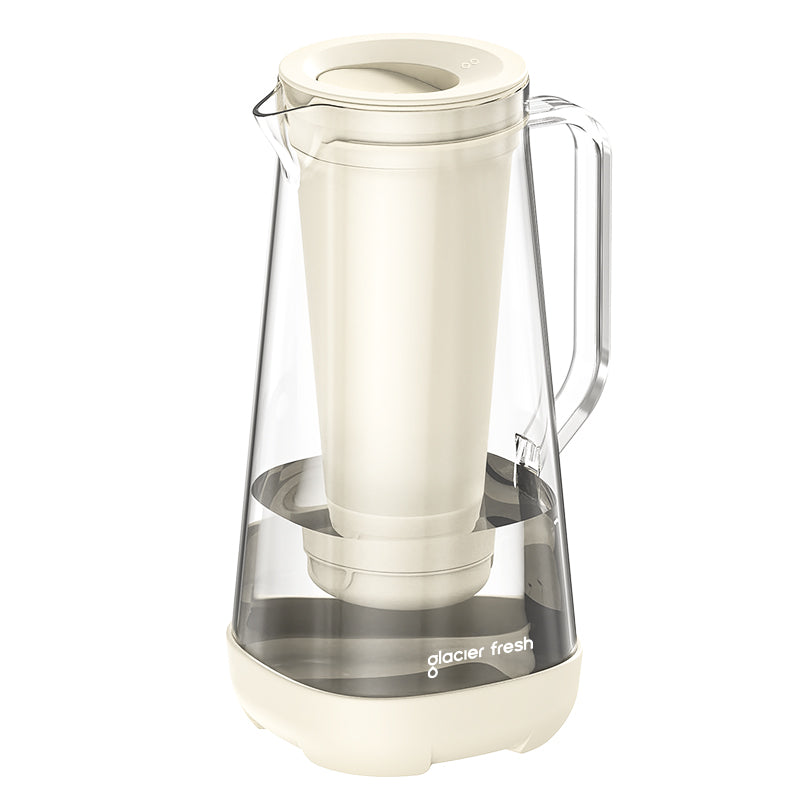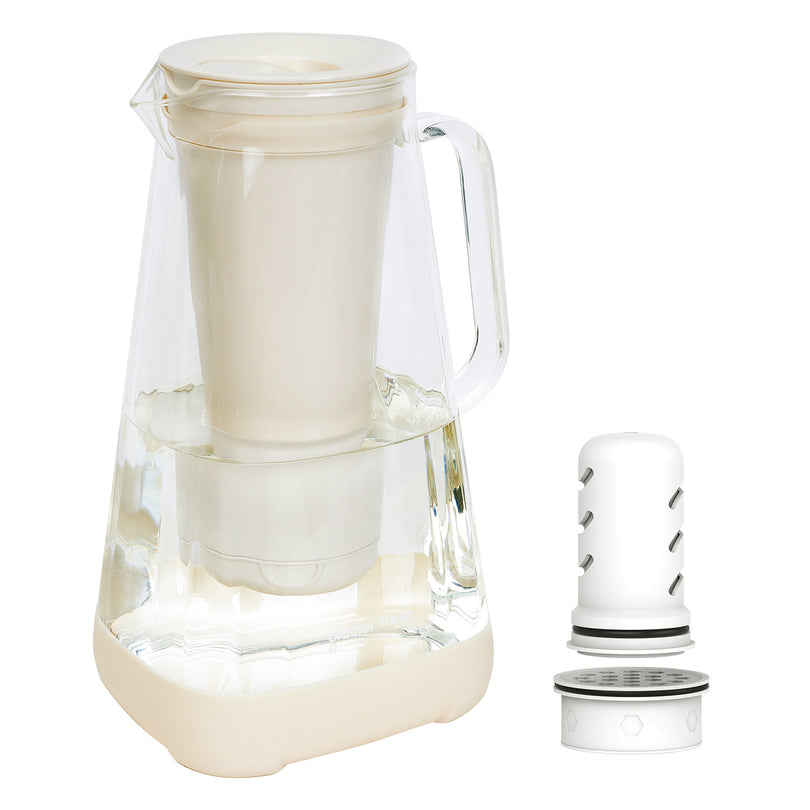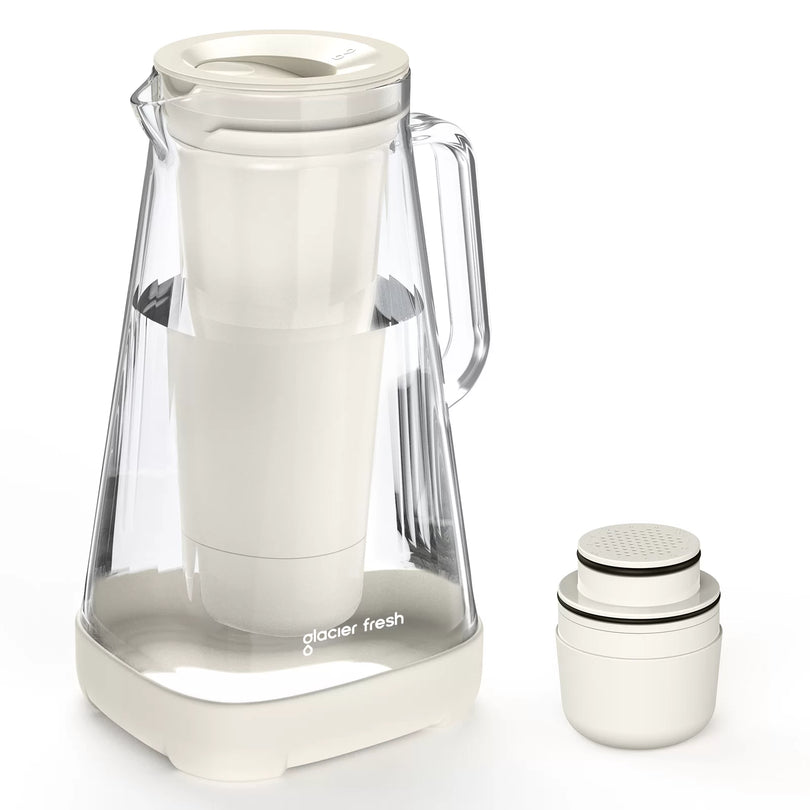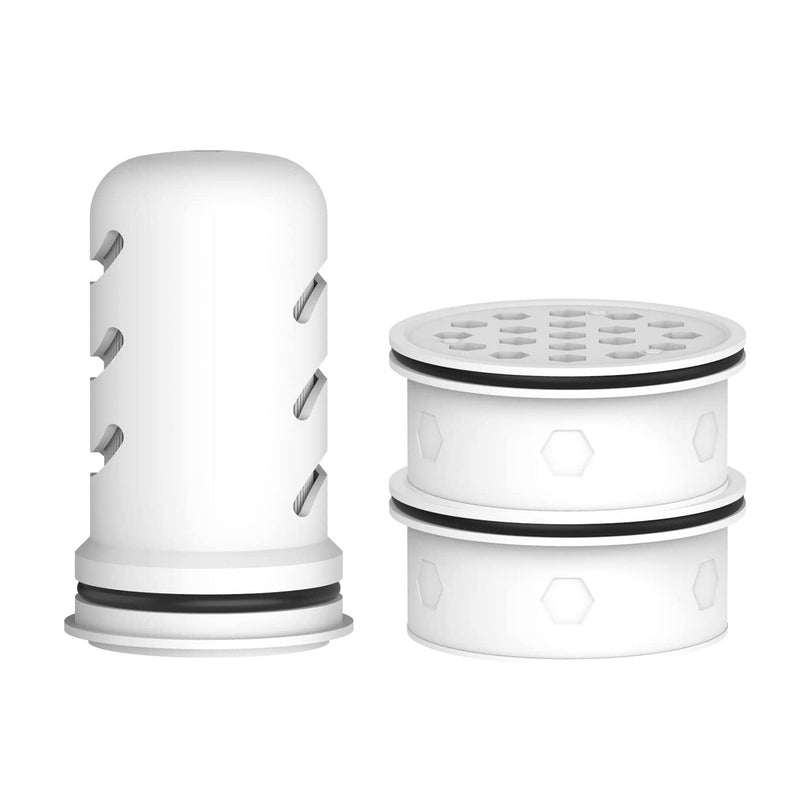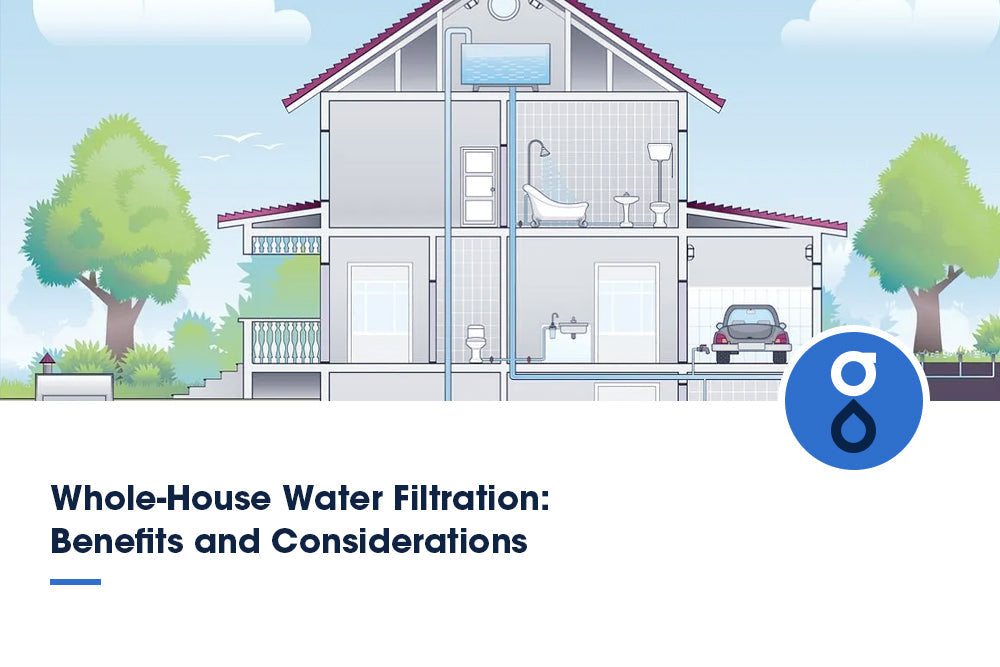Table of Contents:
Bedeutung der Flüssigkeitszufuhr für Haustiere
Anzeichen von Dehydration bei Haustieren
Die Wahl der richtigen Wasserquelle
Wie viel Wasser braucht Ihr Haustier?
Tipps zur Förderung der Flüssigkeitszufuhr bei Haustieren
FAQs
Abschluss
Eine ausreichende Flüssigkeitszufuhr ist entscheidend für die Gesundheit und das Wohlbefinden Ihres Haustieres. Wasser macht einen großen Teil des Körpergewichts Ihres Haustieres aus und ist für verschiedene Körperfunktionen unerlässlich. Dehydration kann bei Haustieren schnell auftreten und unbehandelt zu ernsthaften gesundheitlichen Problemen führen. Dieser Leitfaden gibt Tipps, wie Sie sicherstellen, dass Ihre pelzigen Freunde täglich ausreichend sauberes, frisches Wasser bekommen.
Bedeutung der Flüssigkeitszufuhr für Haustiere

Wasser ist an fast allen Körperprozessen von Haustieren beteiligt. Es reguliert die Körpertemperatur, schmiert die Gelenke, transportiert Nährstoffe, scheidet Abfallstoffe aus und vieles mehr. Hier sind einige der wichtigsten Gründe, warum Ihr Haustier ausreichend Wasser trinken sollte:
- Nährstofftransport – Wasser trägt dazu bei, Nährstoffe durch den Blutkreislauf und das Lymphsystem zu Gewebe und Organen zu transportieren. Eine ausreichende Flüssigkeitszufuhr stellt sicher, dass die Nährstoffe dort ankommen, wo sie benötigt werden.
- Ausscheidung von Abfallstoffen – Wasser unterstützt die Nieren bei der Blutfilterung und der Ausscheidung von Giftstoffen und überschüssigen Mineralien über den Urin. Eine ausreichende Flüssigkeitszufuhr hilft dem Körper, Abfallstoffe effizient auszuscheiden.
- Temperaturregulierung – Wenn Haustiere hecheln, um ihre Körpertemperatur zu senken, wird Feuchtigkeit aus Lunge und Rachen entzogen. Trinkwasser hilft, den durch Hecheln und Schwitzen verlorenen Flüssigkeitsverlust auszugleichen.
- Gesunde Haut und Fell – Fell und Haut erhalten Feuchtigkeit direkt aus den unteren Hautschichten, wo sie gespeichert wird. Ausreichend Wasser zu trinken, versorgt die Hautzellen von innen heraus mit Feuchtigkeit und sorgt für ein gesundes Fell.
- Gelenkschmierung – Wasser verleiht der Synovialflüssigkeit in den Gelenken die Fähigkeit, die Knochen richtig abzufedern und Reibung zu verhindern, die zu Arthritis und Gelenkerkrankungen führen kann.
- Speichelproduktion – Wasser wird benötigt, um ausreichend Speichel zu produzieren, der das Kauen, Schlucken und die Zahngesundheit unterstützt.
Anzeichen von Dehydration bei Haustieren

Achten Sie unbedingt auf Anzeichen einer Dehydrierung Ihres Haustieres. Die Symptome können sich schnell verschlimmern. Behandeln Sie Dehydrierung daher so schnell wie möglich. Hier sind einige häufige Anzeichen für Dehydrierung bei Haustieren:
- Trockenes oder klebriges Zahnfleisch und Mund – Das Zahnfleisch sollte feucht und glatt sein. Trockenheit deutet auf einen Mangel an Flüssigkeitszufuhr hin.
- Eingefallene Augen – Dehydration führt dazu, dass die Augen tiefer in den Höhlen liegen.
- Verlust der Hautelastizität – Ziehen Sie die Haut über den Schultern oder dem Rücken vorsichtig nach oben. Nach der Hydratisierung sollte sie sofort wieder zurückfedern.
- Lethargie – Geringe Energie und Müdigkeit können auf Dehydrierung hinweisen.
- Verstopfung – Eine unzureichende Flüssigkeitsaufnahme führt zu härterem, trockenerem Stuhl.
- Appetitlosigkeit – Dehydration führt aufgrund eines veränderten Stoffwechsels zu Appetitlosigkeit.
- Fieber – Der Körper hat Schwierigkeiten, seine Temperatur zu regulieren, wenn er nicht ausreichend mit Flüssigkeit versorgt ist.
- Übermäßiges Hecheln – Durch schnelles Atmen wird versucht, den Flüssigkeitsbedarf auszugleichen.
- Dunkelgelber Urin – Konzentrierter, dunkler Urin weist auf eine unzureichende Wasseraufnahme hin.
Die Wahl der richtigen Wasserquelle
Die Herkunft und Qualität des Wassers Ihres Haustiers sind entscheidend für die ausreichende Flüssigkeitszufuhr. Beachten Sie bei der Auswahl des Wassers für Ihren pelzigen Begleiter Folgendes:
- Frische – Wechseln Sie das Wasser täglich, um sicherzustellen, dass es gut schmeckt und keine Bakterien aus Lebensmitteln oder Speichel enthält. Stehendes Wasser schreckt vom Trinken ab.
- Saubere Näpfe – Waschen Sie Futter- und Wassernäpfe regelmäßig mit Seife und heißem Wasser. Vermeiden Sie Plastiknäpfe, da sich darin Bakterien festsetzen können.
- Gefiltertes Wasser – Verwenden Sie gefiltertes Wasser, um Verunreinigungen wie Blei, Chlor und Chemikalien zu entfernen. Vermeiden Sie direktes Leitungswasser.
- Haustiere im Freien – Überwachen Sie automatische Tränken, um die ordnungsgemäße Funktion sicherzustellen. Füllen Sie das Wasser regelmäßig nach, um es sauber zu halten.
- Wasser in Flaschen – Wählen Sie Wasser in Flaschen mit niedrigem Natrium- und Mineralstoffgehalt, da diese zu übermäßigem Wasserlassen führen können. Achten Sie auf BPA-freies Plastik.
- Persönliche Vorlieben – Beobachten Sie, ob Ihr Haustier einen Napf oder Wasser aus einer Flasche bevorzugt, und passen Sie sich entsprechend an, um es zum Trinken zu animieren. Erwägen Sie die Aufstellung von Trinkbrunnen, die manche Haustiere faszinieren.
Wie viel Wasser braucht Ihr Haustier?
Der Wasserbedarf Ihres Haustiers variiert erheblich und hängt von seinen individuellen Eigenschaften wie Gewicht, Aktivitätsniveau und Gesundheitszustand ab. Anhand dieser Faktoren können Sie bestimmen, wie viel Wasser Sie Ihrem vierbeinigen Freund geben sollten:
Gewicht pro Tag

Als Faustregel gilt etwa 30 ml Wasser pro Kilogramm Körpergewicht täglich. Dies kann als Richtwert dienen und je nach Bedarf angepasst werden. Größere Rassen und energiegeladene Haustiere benötigen mehr Flüssigkeit. Ein aktiver Hund mit 23 kg benötigt beispielsweise mindestens 140 ml pro Tag. Kleinere oder weniger aktive Haustiere hingegen benötigen weniger Flüssigkeit. Eine 3,6 kg schwere Katze mit geringer Aktivität benötigt möglicherweise nur 230 ml täglich.
Aktivitätsniveau
Haustiere, die sich mehr bewegen, haben einen höheren Wasserbedarf, um den Flüssigkeitsverlust durch vermehrte Atmung und Schweißbildung auszugleichen. Schützen Sie sich bei Aktivitäten bei heißem Wetter vor Überhitzung und Dehydrierung. Arbeitshunde und Sportler benötigen eine strenge Trinkroutine. Nehmen Sie auf Wanderungen, Spaziergängen oder Wettkämpfen ausreichend Wasser mit und ermöglichen Sie ihm danach den Zugang zur Rehydrierung.
Medizinische Bedingungen

Bestimmte Erkrankungen erhöhen den Wasserbedarf von Haustieren. Achten Sie genau auf die Flüssigkeitszufuhr, wenn Ihr Haustier an Diabetes, Nierenerkrankungen, Herzerkrankungen oder Krebs leidet oder Medikamente wie Steroide einnimmt, die den Durst steigern. Manche Haustiere haben aufgrund medizinischer Probleme ein vermindertes Durstgefühl. Achten Sie darauf, ob Ihr Haustier Hilfe bei der Flüssigkeitszufuhr benötigt. Erwägen Sie, dem Futter Feuchtigkeit zuzuführen oder bei Bedarf Nahrungsergänzungsmittel zu verwenden.
Tipps zur Förderung der Flüssigkeitszufuhr bei Haustieren

Es kann eine Herausforderung sein, wählerische Haustiere oder solche mit mangelndem Durstgefühl dazu zu bringen, ausreichend zu trinken. Probieren Sie diese praktischen Tipps aus, um die Flüssigkeitszufuhr zu fördern:
- Aromatisieren Sie Wasser mit natriumarmer Brühe oder Tropfen speziell für Haustiere.
- Servieren Sie das Wasser gefroren oder für noch mehr Spaß mit Eiswürfeln.
- Wechseln Sie das Wasser häufig, damit es ansprechend bleibt.
- Verwenden Sie Springbrunnen mit fließendem Wasser, um das Interesse zu wecken.
- Bieten Sie während und nach den Mahlzeiten Wasser an, um den Durst zu stillen.
- Stellen Sie mehrere Wasserstationen in Ihrem Zuhause bereit.
- Geben Sie Haustieren Nassfutter, um ihrer Ernährung Feuchtigkeit hinzuzufügen.
- Verwenden Sie Leckerlis, um das Trinkverhalten zu verstärken.
- Probieren Sie verschiedene Schüsselformen und -größen aus, um die Nutzung zu optimieren.
- Erwägen Sie die Verwendung von verschreibungspflichtigen Wasserzusätzen, wenn Ihr Tierarzt dies empfiehlt.
FAQs
Welche Art von Wassernapf ist für Haustiere am besten geeignet?
Wählen Sie einen Napf, der stabil, langlebig und leicht zu reinigen ist und die richtige Größe für Ihr Haustier hat. Keramik- und Edelstahlnäpfe sind eine gute Wahl. Für Hunde empfehlen sich Näpfe, die an der Transportbox befestigt werden können oder nicht so leicht umkippen. Katzen bevorzugen breite, flache Näpfe. Vermeiden Sie Plastiknäpfe, da sich darin Bakterien ansammeln können.
Kann ich meinem Haustier abgefülltes oder gefiltertes Wasser geben?
Normales Leitungswasser ist für die meisten Haustiere geeignet, es sei denn, Sie wissen, dass Ihr Leitungswasser unsicher ist. Flaschenwasser ist nicht notwendig, kann aber nach Belieben verwendet werden. Wenn Sie einen Wasserfilter verwenden, achten Sie darauf, dass dieser für Haustiere geeignet ist, da einige Mineralien herausgefiltert werden, die Haustiere benötigen.
Was soll ich tun, wenn mein Haustier nicht genug trinkt?
Wenden Sie sich an Ihren Tierarzt, wenn Ihr Haustier weniger als gewöhnlich trinkt oder dehydriert wirkt. Dehydration ist gefährlich für Haustiere. Stellen Sie sicher, dass immer frisches, sauberes Wasser zur Verfügung steht. Geben Sie dem Wasser Brühe, Thunfischsaft oder natriumarme Hühnerbrühe hinzu, um das Trinken zu fördern. Bieten Sie neben Trockenfutter auch Nassfutter an, um die Flüssigkeitsaufnahme zu erhöhen.
Abschluss
Die Bereitstellung von frischem, sauberem Wasser ist eines der wichtigsten Dinge, die Sie für die Gesundheit Ihres Haustieres tun können. Dehydration tritt bei Haustieren schnell auf und kann zu schweren Erkrankungen führen, wenn sie nicht rechtzeitig behandelt wird. Wählen Sie die richtige Wasserquelle, achten Sie auf Anzeichen von Dehydration und passen Sie die Wassermenge an die Bedürfnisse Ihres Haustieres an. Ausreichende Flüssigkeitszufuhr trägt zum Wohlbefinden Ihres Haustieres bei. Mit ein paar Tipps und Vorsicht können Sie den Flüssigkeitsbedarf Ihres Haustieres für ein langes und gesundes Leben decken.


